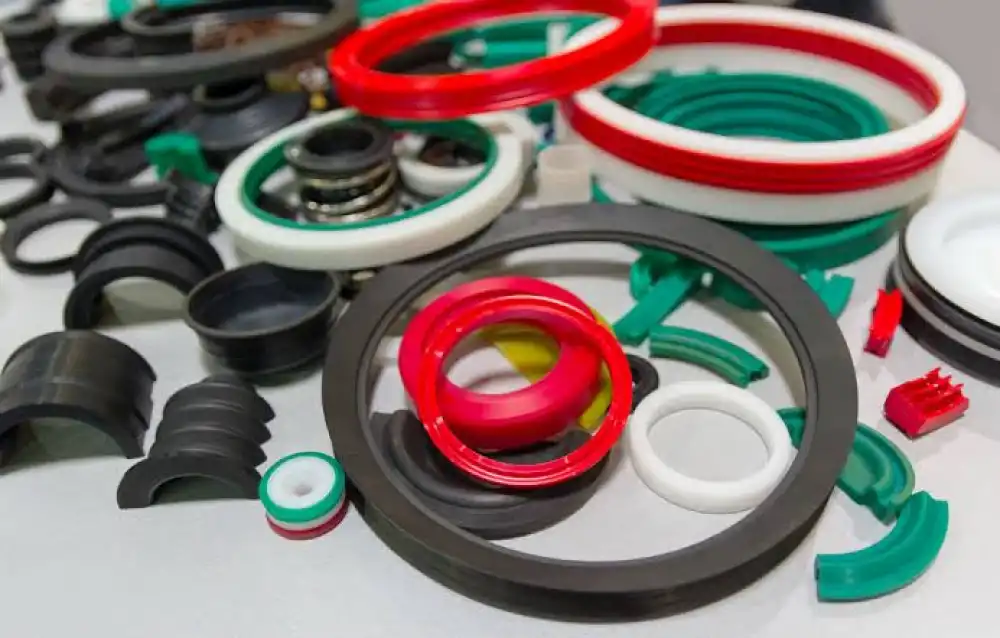Scented candles have become incredibly popular home decor items that serve both functional and aesthetic purposes. The flickering glow of a candle creates a warm ambiance, while the lovely aromas can help set a relaxing or invigorating mood. Scented candles come in a vast array of fragrances to appeal to different tastes. Choosing the right scented candles for your home can turn any room into a soothing, spa-like oasis.

Selecting Scented Candles
With so many options on the market, how do you go about picking the best scented candles for your home? Here are some tips:
Take your time smelling different candles to find scents you love. Candle scents are highly personal, so go with your nose. Some popular categories include floral, fruity, herbaceous, spicy, woody, and baked goods.
Look for candles made from natural soy, beeswax, or coconut wax rather than artificial paraffin wax. Natural waxes burn cleaner.
Opt for candles with cotton wicks instead of metal-core wicks, as these tend to burn better without getting overly mushroomed.
Consider the room you want to scent and choose appropriately. Invigorating citrus or minty scents are great for kitchens and bathrooms. Warm vanilla, cinnamon, and woodsy candles suit living rooms and bedrooms.
Be mindful of sensitivities. Avoid strong florals or perfumes if you or someone in your home is sensitive to these. Subtle, light scents are less likely to bother.
Candle Safety Tips
While scented candles add beauty and aroma to your home, they also come with some safety concerns, as their open flames pose a fire hazard. Follow these tips for safely enjoying your candles:
Never leave a burning candle unattended. Extinguish candles before leaving a room.
Place candles in stable, nonflammable holders on an elevated, flat surface away from drafts. Avoid putting candles near curtains or other fabrics.
Keep candles out of reach of children and pets who could knock them over.
Read the manufacturer’s recommendations and never burn a candle longer than advised. Longer burn times can cause excessive sooting.
Trim wicks to 1⁄4 inch before lighting to prevent smoking and uneven burning.
Allow candles to burn out completely rather than blowing them out to prevent wax splatters.
Keep candles away from flammable materials like books, papers, and wood surfaces by at least 12 inches.
Snuffing Out Candles
Rather than blowing out candle flames, it’s best to properly snuff them. Using a candle snuffer is the safest, most effective method. Candle snuffers are small metal cones with long handles. Simply place the cone over the flame to deprived it of oxygen and extinguish it. The cone catches any trailing smoke and sputtering wax. Snuffers simultaneously put out the flame and protect nearby surfaces from wax splatter that can stain. Old fashioned snuffers may have a detachable cap that needs removed before placing over the flame.
If you don’t have a snuffer, you can use a heatproof dish or small bowl. Carefully place the dish over the flame until extinguished. Allow the dish to cool before removing, as trapped smoke and heat can escape if removed too soon. Alternatively, you can use a spoon to cover the flame, holding it there for a few seconds.
Proper Storage
Once a scented candle is burned for awhile, the wax near the wick can become very soft and liquefy onto nearby surfaces if tipped. Allow candles to fully cool and harden before moving or storing to prevent messes. Store candles in a cool, dry place away from heat, moisture and direct light to preserve scent and ambiance. Avoid extreme temperature fluctuations that can cause wax to sweat and lose fragrance. With proper care, you can enjoy those wonderful scented candles for many soothing, aromatic burns to come.













